Of course, when choosing a sole for winter use, not only durability and resistance to high temperatures must be taken into account (which is the case with TPE soles), but also the shoe's slip resistance on slippery surfaces. So we can confidently answer: No, TPE soles are not slippery! Equipped with an embossed profile, they prevent injuries even in icy conditions.
In freezing temperatures of up to -45 degrees Celsius, TPE soles retain all their properties and keep feet warm and dry. Lovers of long walks in winter and slushy conditions can be sure that their feet will remain warm and safe.
- Soft heels without blisters and cracks: a guide for pedicures
- Foot care at home ↑.
- Thin trimmers (or foot massagers)
- How is prophylactic shoe care carried out?
- Prophylactic materials
- shoe soles
- Rachel TPE outsole
- Thermopolyurethane (TPU)
- PU+TPU
- Chemistry for shoes: What is important in the production of shoes?
- Chemicals for light industry in Ukraine
- Materials for shoe soles
- How do I choose the sole material when buying shoes?
- Type of sole material in work boots
- Polyurethane (PU) outsole
- Thermal polyurethane soles
- Nitrile sole (nitrile PU)
- Comparison of sole materials
- Fastening methods: what are they?
- Type of seam fastening
- Hyperkeratosis ↑
- Dealing with hyperkeratosis
- Cracks ↑
- Main causes of crack formation:
Soft heels without blisters and cracks: a guide for pedicures
Our feet are exposed to enormous stress every day, and the rough skin is the foot's natural protective layer. However, sometimes hyperkeratosis occurs, which is unsightly and uncomfortable. To keep your feet supple and healthy, they need constant care. Here's how to get rid of rough skin on your heels.
There are many causes of rough skin on feet. Keratosis can be an independent pathology with the development of further complications, but also a manifestation of any disease.
Here are the main possible causes of rough heels:
- Wearing tight/uncomfortable shoes;
- wearing shoes without socks;
- Poor drinking habits, dehydration;
- lack of care for the skin of the feet at home;
- Improper treatment (both at home and in the hairdressing salon);
- Constant overuse of certain areas of the foot;
- Regular overuse of the feet (dancing, sports, standing work);
- Avitaminosis (especially lack of iron, vitamins A and E);
- diabetes;
- hormonal disorders;
- Frequent use of aggressive cleaning agents.
It is possible to eliminate the problem from the aesthetic side, but for a comprehensive diagnosis, a consultation with a dermatologist, endocrinologist, general practitioner or orthopedist is recommended.

Foot care at home ↑.
A good and regular pedicure at home is the basis for maintaining healthy and beautiful feet. So what are the right aids for foot therapy?
Thin trimmers (or foot massagers)
These are tools that help get rid of rough skin on the feet. They differ in how they work (mechanical or electrical) and in the type of abrasive used (sandpaper, laser, pumice, diamond or ceramic).
The quickest and easiest method is this electric 'roller' file. The principle is simple: a sanding roller rotates at high speed to remove the calloused skin on the feet. High-quality files have an abrasion-resistant diamond coating on the roller, and the rotation speed can be adjusted. The effect of a roller file is similar to a pedicure in the salon.
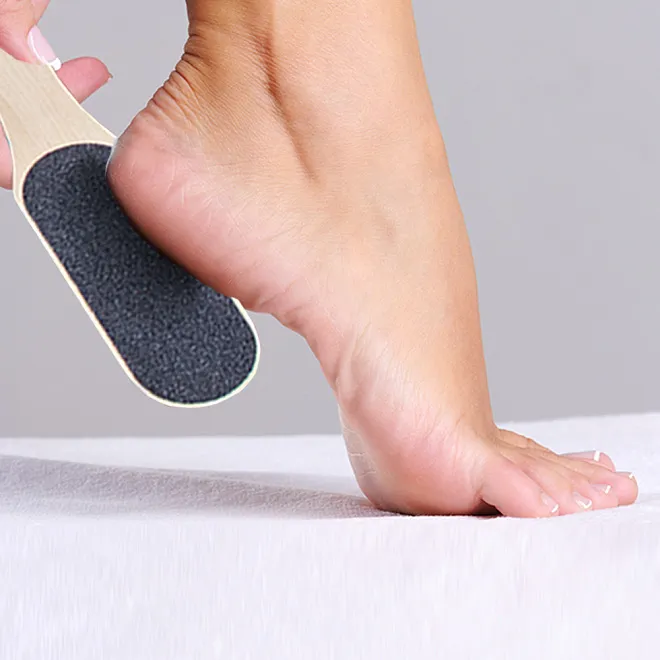

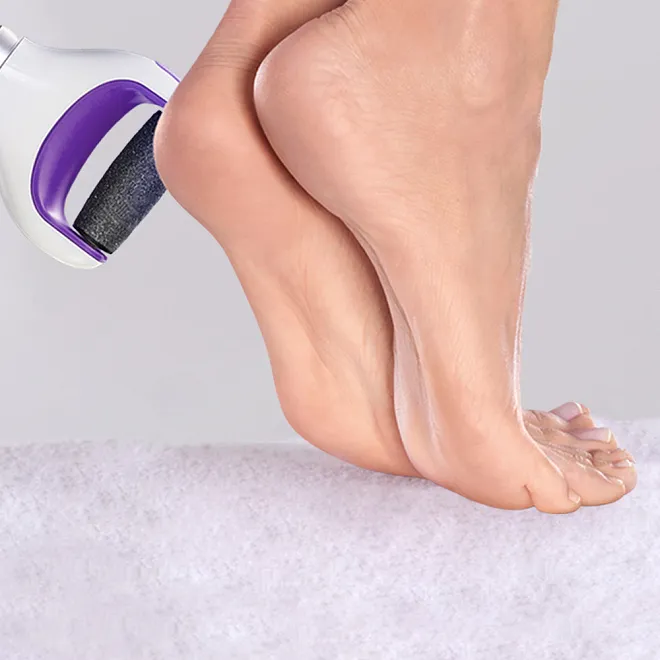
Mechanical files also have some advantages: they are inexpensive, require no consumables and are moisture-resistant. Mechanical files include:
- Pumice – a hypoallergenic, porous material. Pumice stone can be natural or synthetic, and both remove dead skin with equal effectiveness;
- Emery board – a wooden or plastic spatula with sandpaper glued to it. They can be disposable or reusable files. Reusable files come with consumables, i.e. sheets of sandpaper that can be replaced as they wear out;
- Ceramic files are practically the same as sandpaper files, with the difference that the working surface of this product is covered with a layer of hard chips - diamond, sapphire or ruby dust;
- Laser foot file - a state-of-the-art product for foot care. The laser is used to create small, roughened areas on the stainless steel, which remove dead skin cells.
How is prophylactic shoe care carried out?
Preventive shoe care provides reliable protection against excessive wear and deformation.
Many people have probably noticed that the durability of shoes, even in specialty stores, leaves something to be desired. And it often happens that after wearing our favorite shoes several times, we notice small damage to the sole. Even if we don't notice small defects at first, after a short time we wonder why the shoes deteriorate so quickly. If you prevent damage by taking care of the condition of the sole in advance, there is a chance of delaying wear and tear!
Another example. Not all shoes offer protection from rain, snow and other harsh elements of nature. Even leather shoes from well-known brands are not as durable as they seem. Once they are repaired by professionals, you no longer have to worry about them getting wet.
Prophylactic materials
There are different types of prophylactic materials that are suitable for a specific type of sole. The most popular and proven prophylactic materials are. VIBRAM and TOPY polyurethane nodes.These are designed to provide the best durability and resistance to moisture. Other materials such as rubber, steronite and microporous material perform a similar function and also help ensure the durability of your favorite shoes and protect them from premature wear and deformation. These materials are no thicker than 1mm.
Of course, as with everything, there are nuances. For example, women's shoes with thin soles need appropriate knurling, which at the same time guarantees their durability. Men's shoes, boots, need more and better protection and in some cases additional coating to prevent injuries.
shoe soles
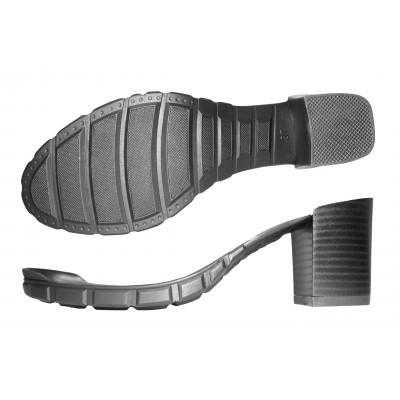
Women's TPE sole made of thermoplastic rubber. Material: TRP foam Size: 36-42 Color: black Size-foot length-foot width-weight 36—24.0—8.0—446 37—25.0—8.4—488 38—23.6—8.2—494 39—26.0—8.7—506
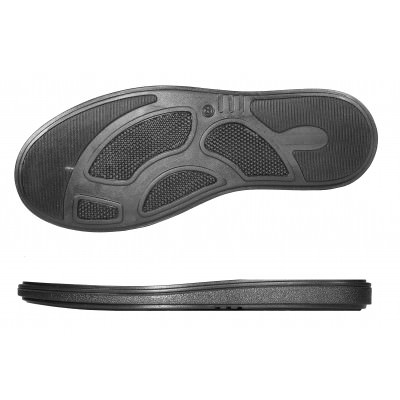
Rachel TPE outsole
Slim TPE outsole with a small heel. Material: TPE Size: 35-41 foot length-foot width 38—26.0—8.7
TPE soles are a completely new material in shoe manufacturing.
The soles are used for the manufacture and repair of men's and women's shoes made of leather (boots, shoes) or felt (winter shoes), the heel height is from 1 to 4 cm, in women's shoes up to 8 cm.
The sole is attached to the shoe by gluing. In terms of abrasion resistance, it is far superior to many PVC and PU (polyurethane) rubber soles.
A high coefficient of friction on asphalt, wet roads and snow reduces the number of injuries in winter, and when wearing and using shoes, the sole is exposed to the greatest risk of deformation, abrasion and increased mechanical stress on the contact surface. The quality of the materials from which the soles on offer are made therefore meets high standards of quality and reliability.
The soles are based on thermoplastic rubber, which combines the advantages of thermoplastic material and rubber.
The durability of thermoplastic and the flexibility of rubber make it the best choice for both winter and summer shoes.
The thermoplastic elastomer (TPE) can withstand high loads and impacts resulting from contact between the sole and various surfaces, it tolerates temperature fluctuations from low to high and is insensitive to various chemicals. All these advantages ensure that the boots last for more than one season.
Winter soles made of thermoplastic rubber
– Excellent frost resistance at very low temperatures as well as at fluctuating temperatures.
– Resistance and resistance to various chemical substances, especially acids and alkalis. This is an indisputable advantage when using shoes in large cities, since in winter the snow-covered sidewalks are generously treated with various chemical solutions that cannot harm high-quality shoes.
– The soles do not shrink, crack or fade when exposed to sunlight.
– Thermoplastic electrical insulation is particularly important for people who work primarily with electrical equipment.
– Increased resistance to various mechanical damage. Thermoplastic rubber does not crack or break during particularly active and aggressive use. Such soles are insensitive to contact with gravel, asphalt and paving stones.
Thermopolyurethane (TPU)

This material is also called thermoplastic polyurethane. Soles of this type are thick, heavy and have a smooth surface that feels good. Soles of this type are thin and have a tread with scratched edges.
Thermopolyurethane combines wear resistance and resistance to deformation. This sole is quite difficult to puncture. The sole material is non-slip and provides good grip on various surfaces. These soles look good on modeling and classic shoes, especially slim shoes where clear and smooth transitions can be achieved. The aesthetic element of these soles sets them apart from other types of soles.
The high density of these soles makes them less flexible, the thermal insulation is poor and the sole is quite heavy. Such soles are of course unthinkable for winter. The density also affects the cushioning properties - the shoes do not spring back, the spine is put under strain and the feet tire over time in shoes with such soles. Thermo-polyurethane is usually glued by hand and there is a risk that the sole will peel off.
PU+TPU
Recognizing the disadvantages of PU and thermo-polyurethane soles, manufacturers decided to combine the positive aspects of the two types. The sole that comes into contact with the surface is made of PU, while the upper that is connected to the shoe is made of polyurethane. These soles can be recognized by the fact that they are somewhat multi-layered and have different material structures.
The best properties of these two materials are combined here: excellent thermal insulation due to the porosity, excellent grip on any surface and increased abrasion resistance. These soles are quite light, which reduces the strain on the spine and ankles. These soles are suitable for both winter and transitional seasons.
Since the sole consists of two parts, each of which requires its own equipment and technology, the production of such soles is quite expensive. Consequently, the price of such soles is higher.
Chemistry for shoes: What is important in the production of shoes?
The use of chemistry in the footwear industry has its own specifics, which are due to the logical differences in the industry itself. But it doesn't work without chemicals in shoe production.
In general, all shoe chemistry can be divided into two large groups:
- Substances for the care of manufactured products. Chemical products designed to ensure a well-groomed and aesthetically pleasing appearance over a long period of time. These include various cleaning creams, expansion compounds, care products, polishing and sealing materials, cleaners and stain removers.
- Products for the shoe industry. This group includes all other chemicals used in the production of shoes. We would like to pay special attention to this group by taking a closer look at the types of chemicals that belong to this group.
√ Adhesives. The most important means in shoe production. They come in all varieties: latex, polyurethane, rubber, polychloroprene, hot melt adhesives and others. They are selected depending on the type and purpose of the product and are designed for specific production tasks. Some adhesives are used for bonding soles, others for attaching fittings and trim. Some adhesives are suitable for bonding natural leather, others for artificial leather and others for textiles. The quality of the adhesive directly affects the quality of the shoe.
√ Activators and primers. They are used to prepare the surface before applying the adhesive. Activators (also known as hardeners) improve the adhesive properties of the surface. They are particularly valuable for materials that cause difficulty in bonding. Hardeners also increase the adhesive's resistance to aging and heat. Primers maximize the quality of the adhesive connections. Primers are particularly necessary when making shoes from highly absorbent materials. The choice of product in this category must be tailored to the adhesive used and the material of the product.
Chemicals for light industry in Ukraine
Although in our country the import of light industry products from other countries is widespread, Ukrainian manufacturers of textiles, clothing and footwear are developing by leaps and bounds, creating excellent competitive products. They attract customers with quality, functionality, originality and authenticity. Currently, there are more than two thousand light industry enterprises in Ukraine. Most of these companies produce ready-to-wear clothing. The textile industry follows. Slightly fewer companies specialize in the production of shoes and leather goods.
There is no need to complain about the fact that Ukrainian light industry companies are struggling with many difficulties, ranging from financial to legal issues. The procurement of primary and secondary raw materials is also a difficult and not always problem-free part of the work. Although many chemical substances are available from various suppliers, it is sometimes difficult to find everything you need in the right quality and on favorable terms. If you are facing such a problem, we want to help you solve it.
Sistema Optimum is a supplier of various chemical raw materials for various industries, including light industry. We have been successfully operating in this area for many years, have a wide range of products and offer mutually beneficial cooperation to customers from all regions of Ukraine.
If you need chemicals for light industry (textile, clothing or footwear production), any of the above substances, be it glycerin, acetone, sodium hypochlorite, sulfuric acid or something else, you can order on our website in appropriate quantities and with fast delivery. For more information and about cooperation, please visit our contact numbers.
admin
Materials for shoe soles
What composition is suitable for everyday shoes? Which is best for cold weather? Depending on the purpose and conditions, shoe manufacturers select the material. There are different types. Compare the pros and cons of eight sole types.
1. leather. This sole is considered the traditional sole in shoe manufacturing. Leather has been used since the time of our ancestors. The technology for creating such shoes has survived to this day, but leather is an expensive material, so it is more often used for expensive shoes and boots.
- It is the best material that enhances the beauty of the product.
- As an environmentally friendly material, it is not harmful to the environment.
- Good hygienic properties and breathability. Suitable for summer shoes.
- Flexible and deformable - cushions when walking, protects joints and spine.
Best material that has flaws upon closer inspection.
- High abrasion resistance - leather soles are not suitable for active wear.
- What other disadvantages does the material have? Intolerance to moisture. In rainy weather, leather soles can absorb moisture and deform as they dry.
- Slippery material. Not suitable for winter.
- Expensive to buy. Affects the price of the shoe.
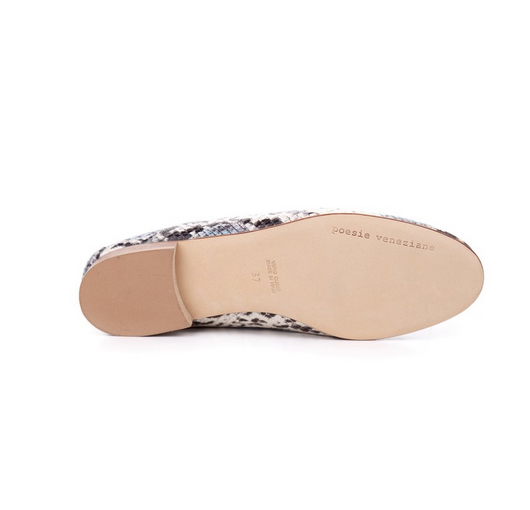
2. combination. Which material combines the advantages of polyurethane (PU) and thermal polyurethane (TPU)? Combination!!! It consists of a lower layer (TPU) and an upper PU layer. This sole has visible layering and texture.
- The material is characterized by its thermal insulation. The porous structure contains air, which prevents cold air from entering. This prevents the sole from freezing.
- Anti-slip. This is a factor that speaks in favor of using a composite sole in winter shoe models.
- Abrasion resistant. Shoes with a composite sole have a long service life.
- Excellent cushioning properties. It dampens the vibrations when walking and thus relieves the strain on the spine.
How do I choose the sole material when buying shoes?
It is difficult to say which is the best sole material and which suits you best. A lot depends on the season, the purpose of the shoe and your preferences.
What should a winter sole look like? Winter boots should have good tread – deep and varied to prevent slipping. The best sole material for such shoes is rubber, polyvinyl chloride, or a combination of these materials.
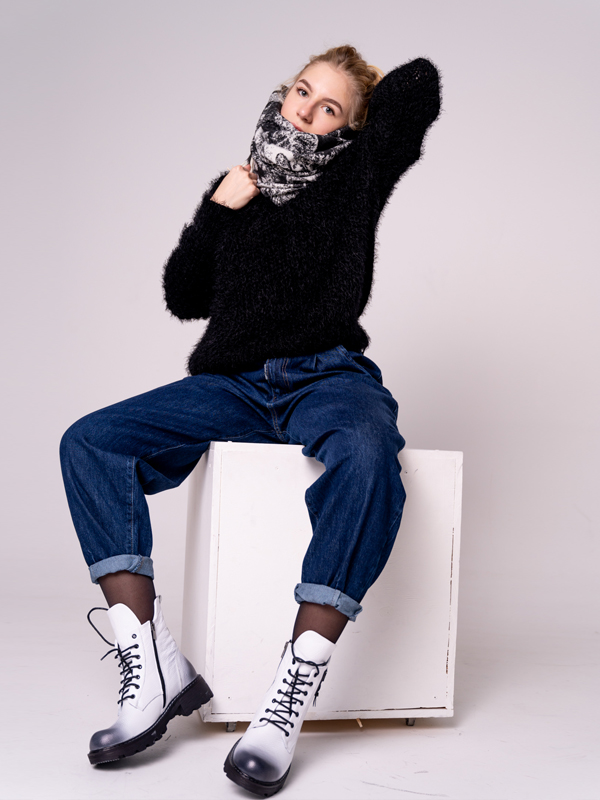
What should the sole of mid-season shoes be like? The selection is larger here. The best material for spring and autumn shoes must have good traction, slip resistance, cushioning and non-wet properties.

What are the right soles for summer? Soles for summer must be light. Breathable materials that have good hygienic properties are recommended.
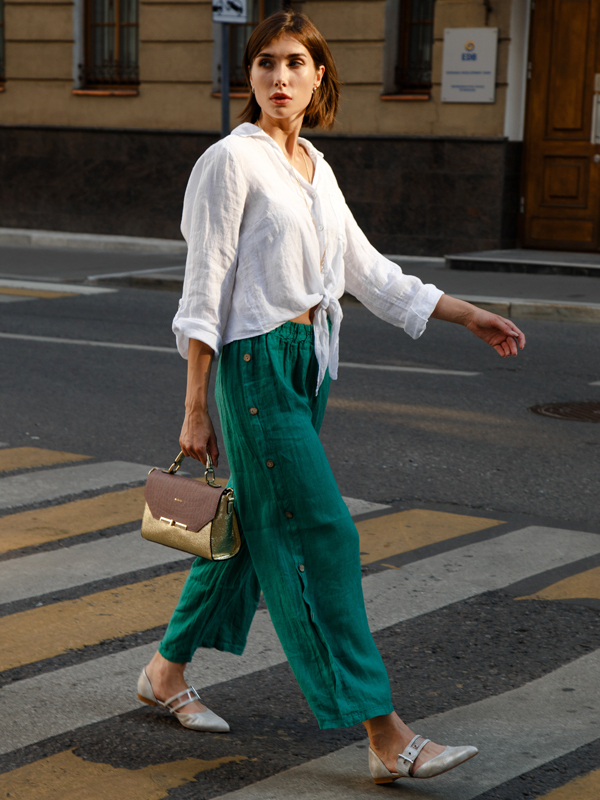
Which sole for sports shoes? The sole of running shoes should be flexible enough to hold the foot in place and not stiffen it. Grip on the ground is also important. Rubber and caoutchouc are suitable for sports shoes.
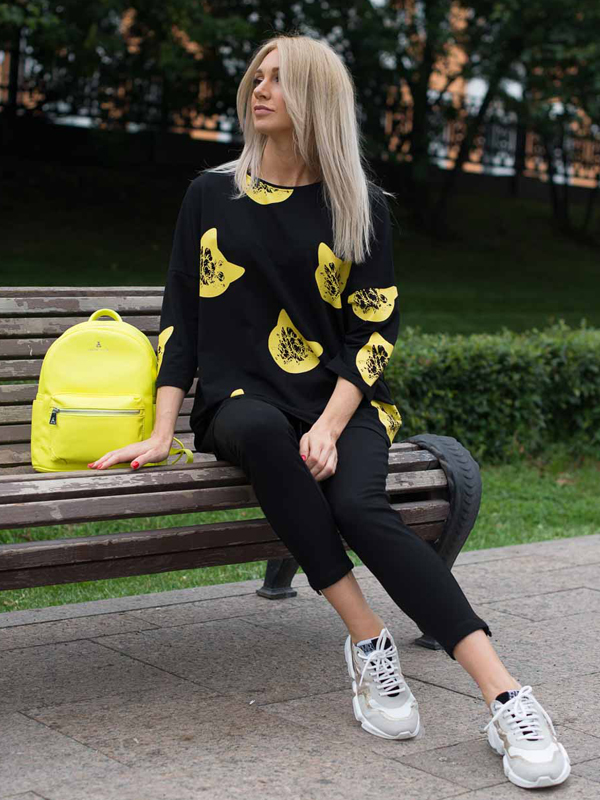
The sole influences the construction, durability and comfort of the shoe.
It is difficult to say which material is best - a lot depends on the season, the purpose of the shoe and your requirements for it.
Type of sole material in work boots
The majority of our shoe collection is made with molded soles. Which sole material is most suitable is decided by our customers depending on their production requirements.
Polyurethane (PU) outsole
Polyurethane, a synthetic substance with a polymer structure, is often used to make soles for specialty shoes. Polyurethane has a number of improved performance properties.
- High durability with low overall weight.
- The flexibility and elasticity of the sole makes walking on it more cushioning.
- High abrasion resistance.
- Polyurethane has a high level of thermal insulation.
- PU soles are resistant to aggressive environments.
The molded polyurethane soles have a special profile for increased slip resistance.
Thermal polyurethane soles
Working in cold environments requires the best sole material for winter shoes with a high level of frost protection. A polymer with special properties is called thermopolyurethane. This material is often used to make soles for work in cold storage facilities, on construction sites or in harsh winter conditions.
- Thermopolyurethane soles can withstand temperatures of up to 50 degrees Celsius.
- They are mechanically stable and do not break or crack even at low temperatures.
- It retains heat well.
- It has anti-slip properties.
- With a high material density and overall rigidity, it is quite flexible and supple.
TPU shoes are extremely comfortable. TPU shoes can be worn all day long without much difficulty. These shoes are often chosen by professional drivers who value the combination of stability and flexibility that allows them to move the car's steering wheel pedals with ease.
Nitrile sole (nitrile PU)
Nitrile, a synthetic rubber, is resistant to harsh conditions, heat and cold, but is too heavy and has low elasticity. For safety boots, a two-layer sole is made with an outer layer made of nitrile and an inner layer made of PU. The result is a nitrile sole that is very resistant but light and flexible.
Comparison of sole materials
| PU | TPU | PU TPU | PU/nitrile | |
| Weight | Small | Large | Middle | Middle |
| Anti-slip | Middle | High | High | High |
| Abrasion resistance | Middle | High | High | High |
| longevity | High | High | High | High |
| Frost resistance | No | Yes | Yes | Yes |
| Heat resistance | No | Middle | Middle | High |
| MBS | Yes | Yes | Yes | Yes |
| KCS | Yes | Yes | Yes | Yes |

PU soles are available for winter and summer shoes for men and women. Thanks to the special marking, our customers can easily choose the right footwear for specific conditions.
- OPZ – shoes with protection against general production pollution.
- MBS – models with petrol and engine oil resistant soles.
- KCS – shoes with high resistance to acids and alkalis.
Cast PU soles are suitable for oil and gas workers, steel workers, chemical plant operators and agricultural contractors.
Various models with TPU soles are also in demand in the far north. Winter shoes with additional cold protection are available for workers in refrigeration plants, chemical plants and oil and gas plants.
Spetszakaz offers the best value for money when purchasing various models of specialty shoes at affordable prices. We guarantee a presentable appearance, high durability of products and fast delivery to every corner of Russia.
Fastening methods: what are they?
Modern manufacturers use different methods of attaching the sole:
- mechanical – with threads, nails, screws, etc. These are seams, nails, stapling and others,
- chemical bonding methods – through chemical reactions between the materials of the upper and sole, e.g. B. gluing, casting, press vulcanization,
- Combined sole attachment – a combination of the two aforementioned methods, e.g. B. Gluing, riveting, nail-glue method and others.
Each of these methods has its own characteristics and nuances, which directly depend on the safety and comfort of shoes in different conditions. Let's consider the most popular methods, their advantages and disadvantages.
Type of seam fastening
This is the simplest method that refers to the mechanical method. The sole up to the heel is attached directly to the insole of the shoe with threads. The heel part is attached with threads, nails or screws. The sole attachment method also has disadvantages, such as the lack of a protective sole and the fact that the sole and shaft are not waterproof, allowing moisture to penetrate the shoe through the seams.
One of the most common mechanical fastening options. It differs from the usual sewing method in that the sole is not sewn completely to the insole (there is no seam), but rather to a frame that is sewn to the insole. The advantages of these shoes are comfort for the foot, attractive appearance and good shape retention. In wrapped shoes, the side of the insole that comes into contact with the foot, except the heel, has no seams, staples, pins or nails, which is an advantage over other types of shoes. The disadvantage is that such models are not suitable for intensive use.
A combined variant is the plate-sewn shoe, which is also known as an adhesive-sewn shoe. The main difference is that after gluing the sole is additionally sewn with very strong threads. The advantage of this design is that, unlike nails, it does not produce sparks, which is important in special shoes when working with explosive and highly flammable materials. It is also light and flexible, and another important plus point is that it is inexpensive and can therefore be replaced more frequently.
Hyperkeratosis ↑
Hyperkeratosis is characterized by pronounced keratosis of the skin, severe dryness and scaling. This condition is a predisposing factor for the formation of cracks, blisters and calluses.

- hormonal disorders;
- frequent use of aggressive cleaning agents;
- endocrine and hormonal disorders;
- overweight;
- ill-fitting, tight-fitting footwear;
- lack of home foot care;
- Diabetes and other conditions and illnesses.
Dealing with hyperkeratosis
To eliminate hyperkeratosis, foot care masters use a device or combine a hardware pedicure with a classic pedicure. The procedure in this case is almost identical to that for cracked skin.
- In the first phase, the selected keratolytic is applied to the problem areas or the entire foot.
- Once the skin has softened, the treatment is carried out using a spatula on a slightly damp surface.
- To enhance the effect, you can sand the hyperkeratosis using sanding caps with a grit size of 100 to 280. Remember that severe hyperkeratosis CANNOT be removed in one session - this would only make the problem worse.
Recommended home treatments for hyperkeratosis include urea-based creams, cold wax, and foot peels.

Cracks ↑
Cracked heels are linear cracks in the skin that occur due to loss of elasticity and thickening of certain areas. They are one of the most unpleasant foot problems, both aesthetically and medically. Cracks often cause pain, itching, burning and other discomfort when walking. Sometimes they can even cause bleeding and pose a risk of infection.
The causes of cracked heels are varied. They can be an independent pathology with the development of further complications or a manifestation of any disease.

Main causes of crack formation:
- dehydration, dry skin;
- Poor quality of pedicure (excessive skin removal, cracking, cuts), trauma, mechanical damage;
- chlorinated water, temperature fluctuations, dry air;
- frequent use of alkaline soaps;
- hormonal disorders;
- obesity
- diabetes mellitus;
- iron deficiency anemia;
- hypovitaminosis, especially vitamins A and E;
- gastrointestinal diseases, helminthiasis;
- Skin diseases: psoriasis, fungal infections, eczema, etc;
- Thyroid disorders.
An experienced chiropodist can solve the aesthetic side of the problem, but for a comprehensive diagnosis and treatment, a doctor should be consulted: dermatologist, endocrinologist, general practitioner, gastroenterologist.

If the fissures are aggravated by infection, bleeding, or severe pain, you should avoid a pedicure and refer the client to a podiatrist. This is best for everyone: the customer, the pedicure master, the other artists in the same salon and the other customers. In case of serious health problems, the client does not receive an ordinary pedicure in a beauty salon, but a special medical pedicure from a podiatrist.
Read more:- Manufacture of soles for shoes.
- Shoe sole to buy.
- The sole in the shoe is responsible for.
- Rubbing heel in shoes.
- What to do if the sole breaks?.
- The sole is worn.
- Damaged insoles in shoes - what to do?.
- rim on the shoe.
